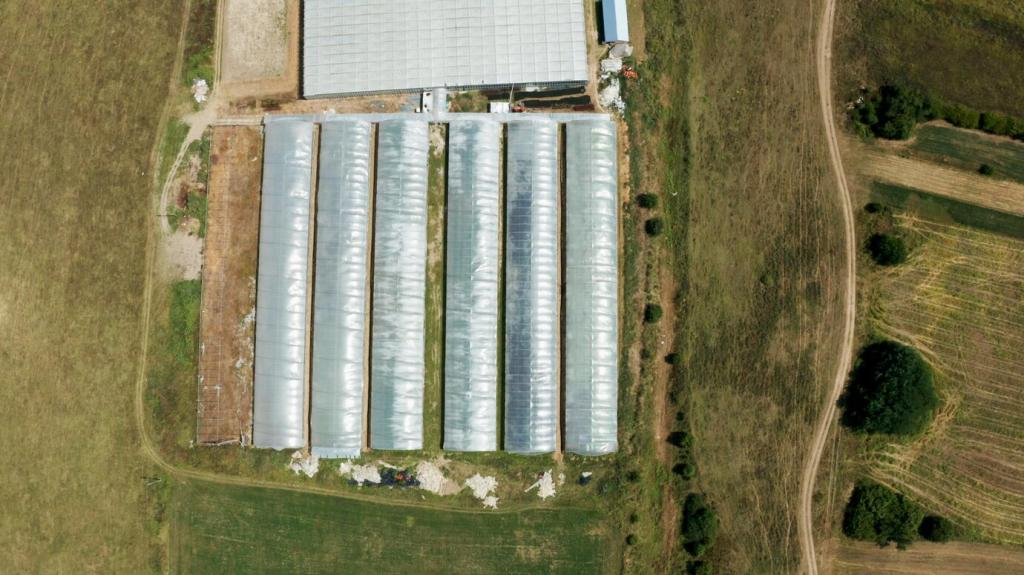
Smart Grid Technology in Renewable Resource Management
Chosen theme: Smart Grid Technology in Renewable Resource Management. Welcome to a space where intelligent networks, data, and community action transform clean energy into dependable power. Explore insights, stories, and practical steps—and join the conversation by subscribing and sharing your experiences.
Thousands of sensors feed visibility into voltage, frequency, and flows, letting operators see beyond the substation into rooftops and fields. With high-fidelity data, renewable variability stops being mysterious and becomes manageable, measurable, and responsive to changing conditions throughout the day.
From Intermittency to Intelligence
Modern inverters and smart meters enable homes, schools, and small businesses to sell surplus solar back to the grid. Prosumers flex their usage, store energy, and support neighbors, creating a living ecosystem where electrons and information flow in both directions seamlessly.
From Intermittency to Intelligence
Data, AI, and the Renewable Nervous System
Forecasting Sun, Wind, and Demand
AI blends weather models, satellite imagery, and historical usage to forecast production and demand. Better forecasts mean batteries charge at the right time, generators stand by strategically, and operators confidently integrate more renewables without sacrificing stability or customer satisfaction.
Edge Computing at the Substation
Edge devices crunch data locally to act in milliseconds, even if connectivity blips. Substations become decision centers, adjusting voltage, switching feeders, and balancing distributed energy resources so the whole system remains efficient, secure, and responsive to local renewable conditions and community needs.
A Quick Story: Predictive Curtailment Averts a Shortfall
One coastal city used machine learning to spot a coming wind lull during the evening ramp. Operators pre-charged batteries at noon, shifted noncritical loads, and notified participants. The result: no shortfall, no drama, and grateful customers who barely noticed the orchestration.




Markets, Policy, and Participation
Time-of-Use and Dynamic Signals
Dynamic signals invite customers to shift laundry, EV charging, or cooling to cleaner hours. With transparent information and easy automation, everyday choices support renewable integration. What flexible habits could your household or workplace adopt without sacrificing comfort or productivity?


Open Standards and Interoperability
Standards like IEEE and IEC profiles, plus open protocols for inverters and meters, prevent vendor lock-in. Interoperability lets communities mix technologies confidently, scaling renewables faster. We welcome your insights on tools that made integration smoother—or lessons learned from complicated deployments.

Defending the Grid Edge
As more inverters, chargers, and controllers connect, strong authentication, segmentation, and secure updates are essential. Smart grids adopt defense-in-depth so that a single weak device cannot jeopardize an entire neighborhood or the broader renewable ecosystem around it.
Privacy-Preserving Analytics
Smart meters reveal patterns of life. Privacy-conscious design—aggregation, minimization, and differential methods—can extract value without exposing individuals. Tell us what transparency features you expect from dashboards to feel confident sharing data that advances renewable reliability.
Supply Chain and Operational Vigilance
Security is not a one-time checklist. Teams vet components, monitor anomalies, and practice response drills regularly. By pairing modern tooling with a culture of curiosity and accountability, smart grids sustain trust while accelerating clean energy adoption across communities.

Power systems, data science, cybersecurity, and human-centered design all matter. Curiosity and collaboration matter most. If you are upskilling, tell us your goals, and we will share learning paths tailored to renewable operations and smart grid careers.

Explore test feeders, weather archives, and demand profiles. Try open simulators to experiment with storage, demand response, and inverter controls. Post your findings—we love featuring community experiments that turn abstract concepts into practical lessons and inspiring, reproducible examples.

Have a story about a solar-plus-storage success, a microgrid pilot, or a lesson from failure? Share it. Subscribe for case studies, templates, and interviews that make smart grid technology in renewable resource management real, relatable, and ready to deploy.
